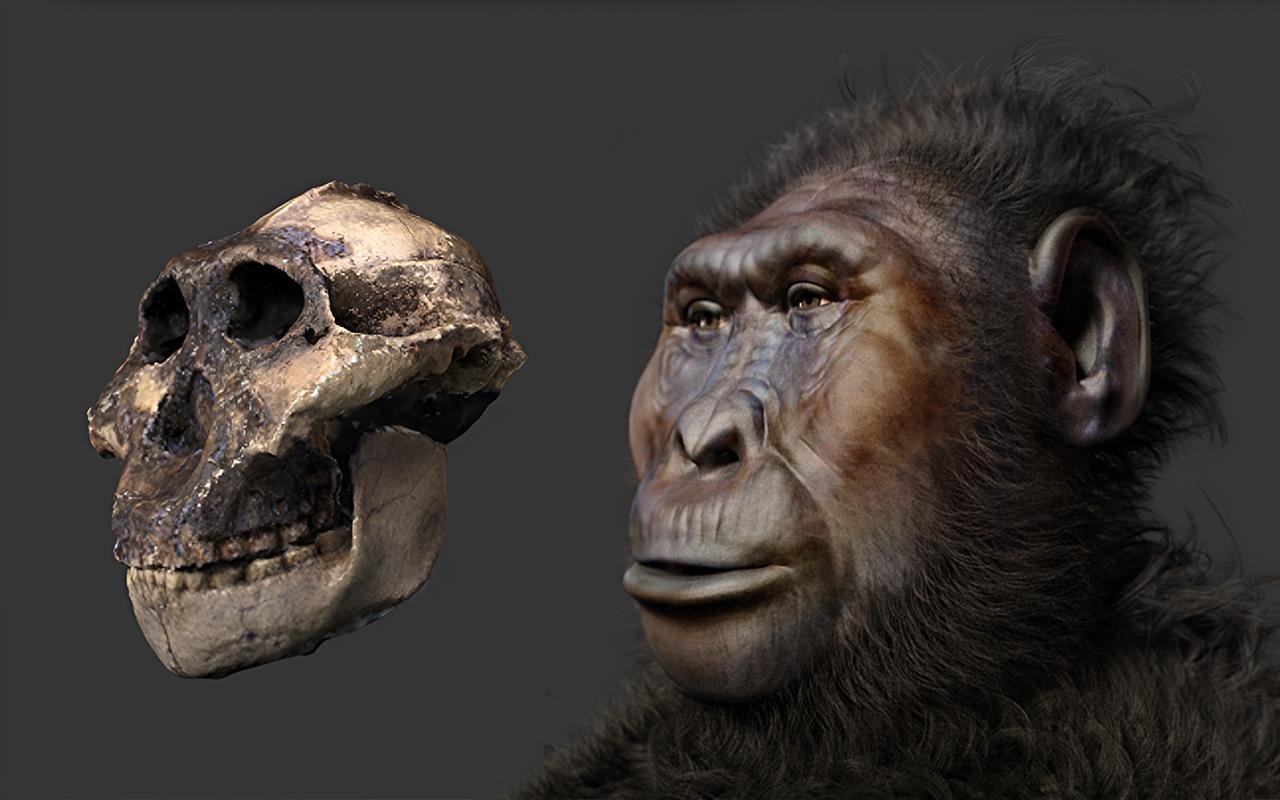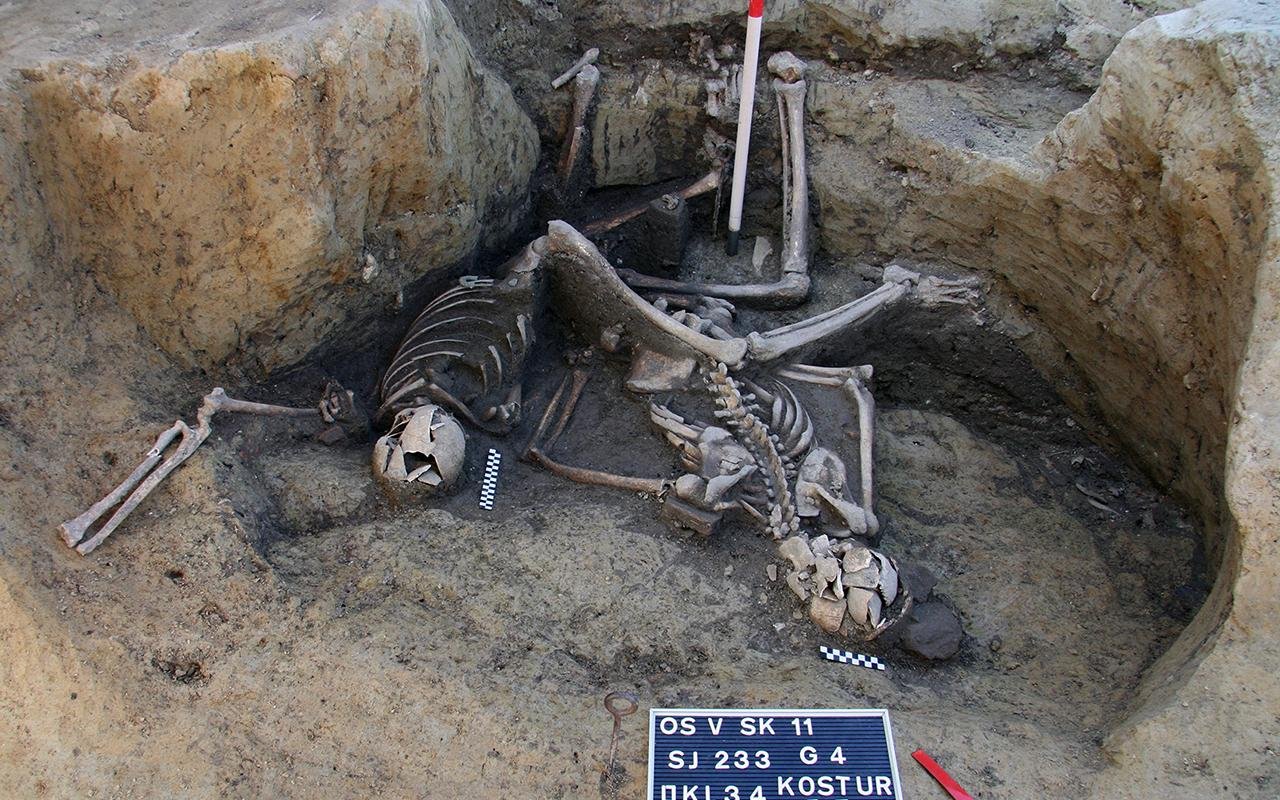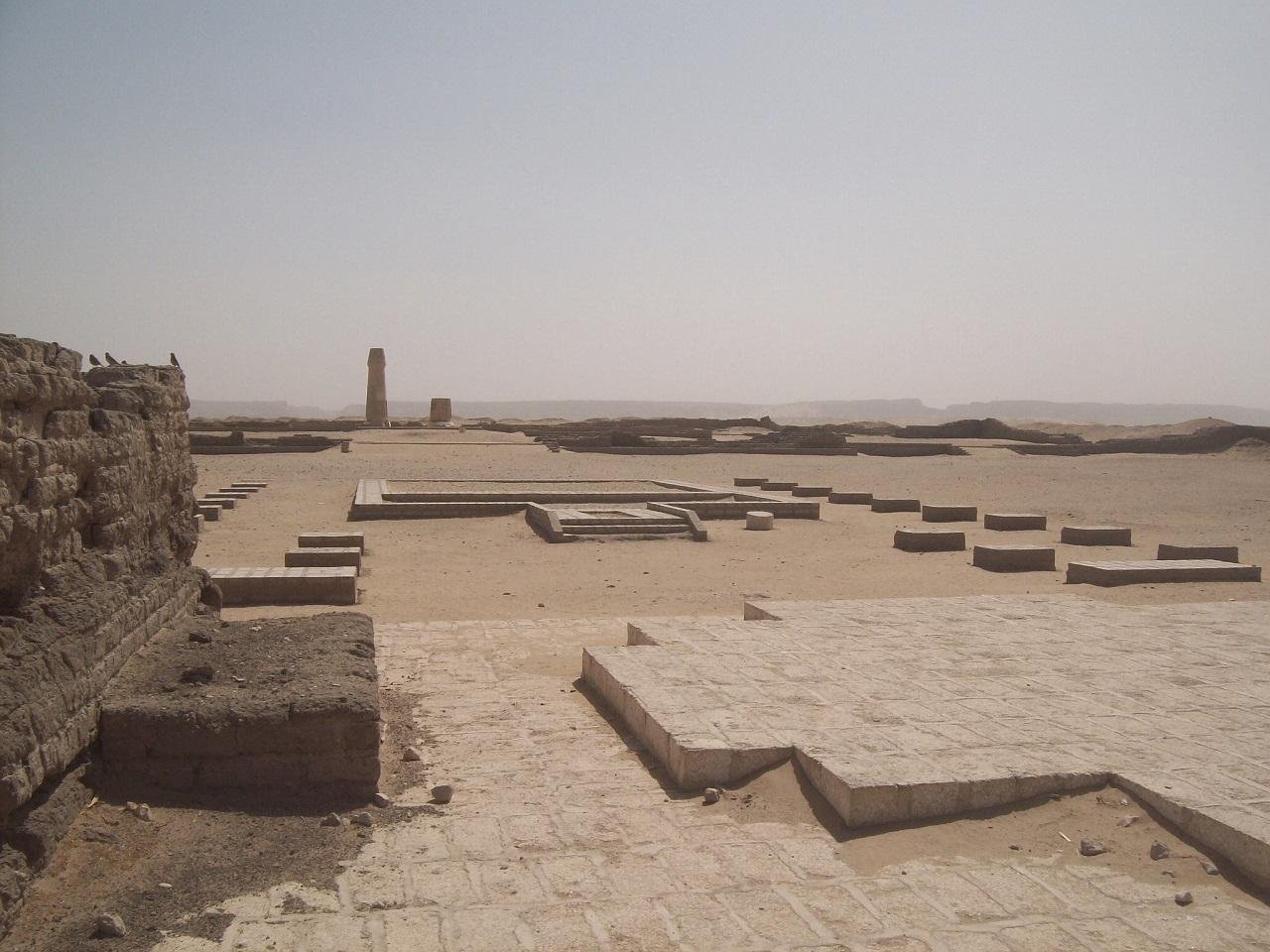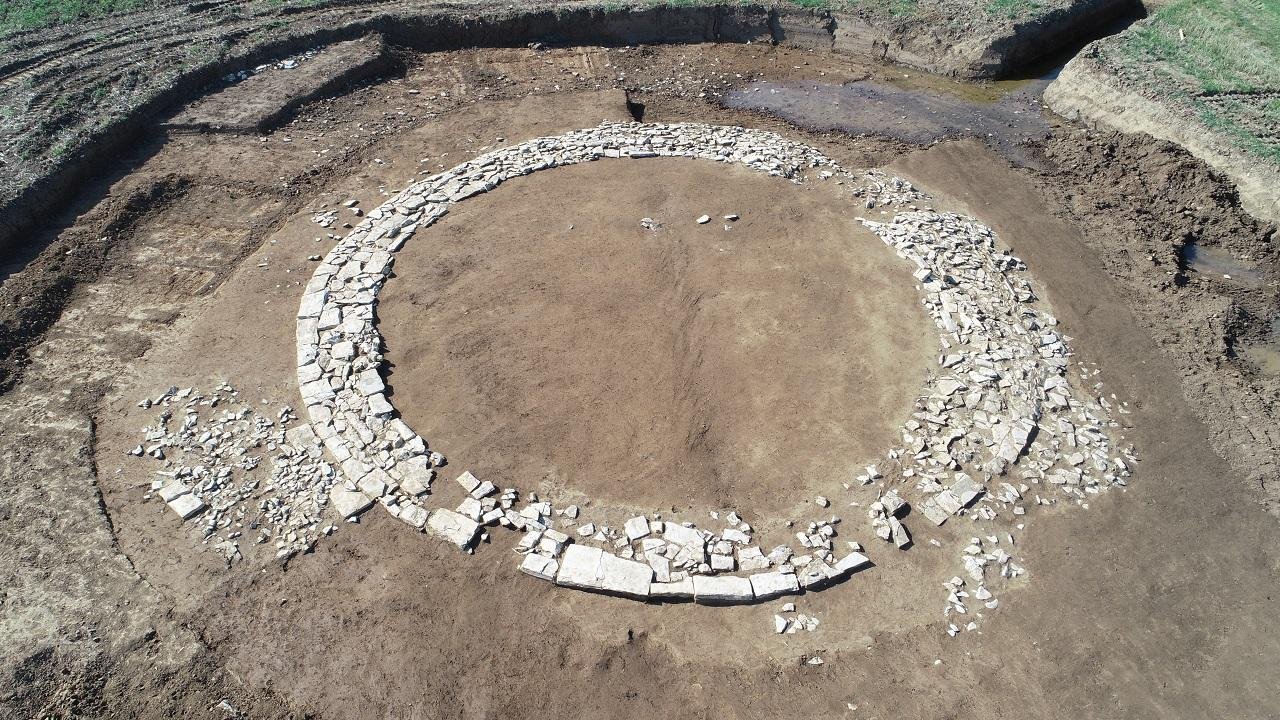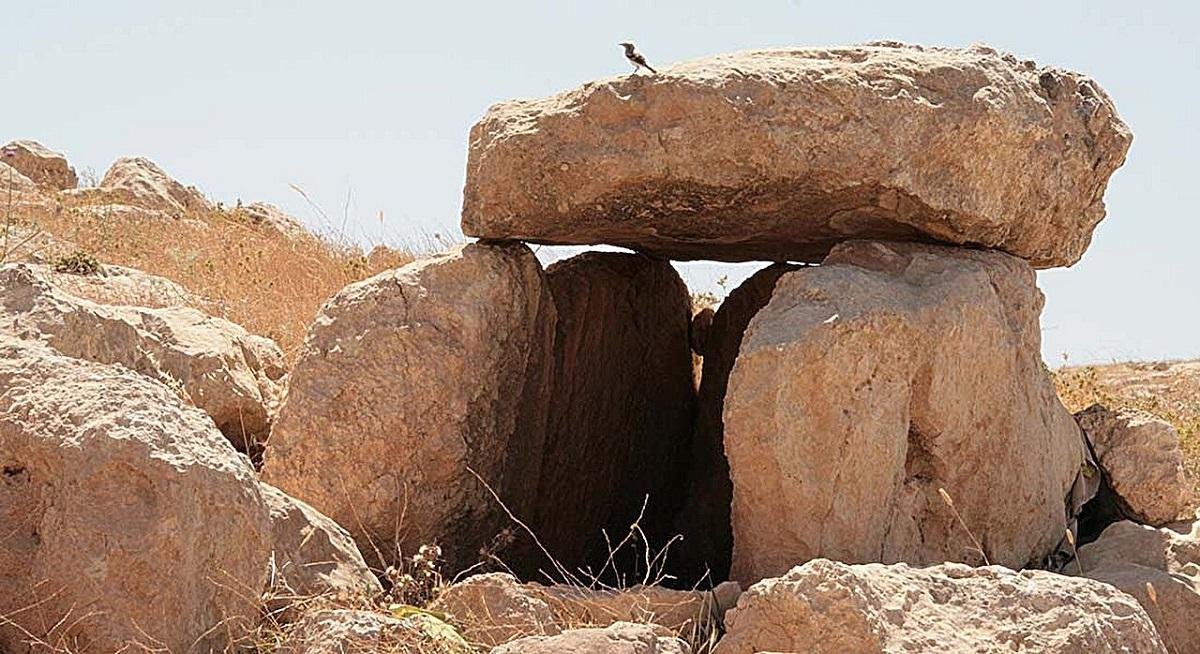Archaeologists excavating a prehistoric cemetery in Chega Sofla, western Iran, uncovered the skull of a young woman who died over 6,000 years ago in violent circumstances. Not only does this discovery shed light on a traumatic event in her final moments, but it is also the first sign of the ancient practice of cranial modification.
 The skull of a young woman (BG1.12) showing signs of cranial deformation and a fatal injury. Credit: Ramin Yashmi/ Moghaddam, A., & Miri, N. (2021). doi:10.11588/PROPYLAEUM.837.C10734 ( CC BY-NC-SA 4.0)
The skull of a young woman (BG1.12) showing signs of cranial deformation and a fatal injury. Credit: Ramin Yashmi/ Moghaddam, A., & Miri, N. (2021). doi:10.11588/PROPYLAEUM.837.C10734 ( CC BY-NC-SA 4.0)
The site, Chega Sofla, lies on the northern edge of the Persian Gulf and dates back to the fifth millennium BCE (ca. 4700–3700 BCE). It is part of the Zohreh Prehistoric Project, a long-term archaeological venture directed by archaeologist Abbas Moghaddam. The team has excavated this Copper Age settlement for over a decade, unearthing homes, tools, pottery, and potentially the world’s oldest brick tombs. Interestingly, the site also features several individual and communal burials, some of which include elongated skulls from intentional head shaping.
One of the recent finds was the skull of a young woman, designated BG1.12, that included both signs of artificial cranial deformation as well as evidence of a lethal injury. Mahdi Alirezazadeh and Hamed Vahdati Nasab, researchers at Tarbiat Modares University, described their examination of the remains in the International Journal of Osteoarchaeology.
As the authors note, BG1.12 underwent cranial banding from a young age — an ancient cultural practice in many ancient societies in which a child’s head was wrapped in order to form it into an elongated shape. Although symbolic or aesthetic in the majority of societies, the process has biomechanical effects on the skull. According to the researchers, cranial bandaging deforms the skull and leads to thinner cranial bones and the diploe, the spongy layer within bone that absorbs shock.
Using CT scans, the researchers identified a triangular perimortem fracture extending from the front to the left parietal bone of BG1.12’s skull. The injury had yet to start healing, indicating it had happened at or around the time of death. The impact was most likely inflicted with a broad-edged tool, which did not penetrate the skull but was so forceful that it fractured it and caused a fatal injury.
The blow fractured both the left parietal and frontal bones. The edges of the fracture still had contact, and the absence of bone remodeling confirms that the injury was perimortem. There were no signs of internal bleeding or penetration by a sharp object, even with the fragility of the skull, further supporting the conclusion that a blunt object had been used.
 A mother carefully binds her young daughter’s head to shape it into the desired elongated form
A mother carefully binds her young daughter’s head to shape it into the desired elongated form
While the reason for the blow is still unknown — accidental or otherwise — the discovery contributes to a growing understanding of trauma and violence in early human societies. Curiously, a second smashed skull uncovered at the site did not have any sign of cranial modification, suggesting that head injury was not exclusive to individuals with reshaped skulls.
BG1.12 was likely buried with other members of her group. However, the dense concentration of the bones has so far prevented archaeologists from identifying the rest of her skeleton, limiting the available information about her age, lifestyle, and social status.
Nevertheless, her skull is compelling evidence of the unintended consequences of cultural practice. The Zohreh Prehistoric Project aims to understand the social and cultural dynamics of early communities along the Persian Gulf. BG1.12’s remains are a mixture of cultural tradition and personal tragedy.
The work being done at Chega Sofla continues to bring to light the complexity of early human societies in the region, such as how they lived, believed, constructed, and, as in this case, died.
More information: Alirezazadeh, M., & Vahdati Nasab, H. (2025). A young woman from the fifth millennium BCE in Chega Sofla Cemetery with a modified and hinge fractured cranium, southwestern Iran. International Journal of Osteoarchaeology. doi:10.1002/oa.3415
